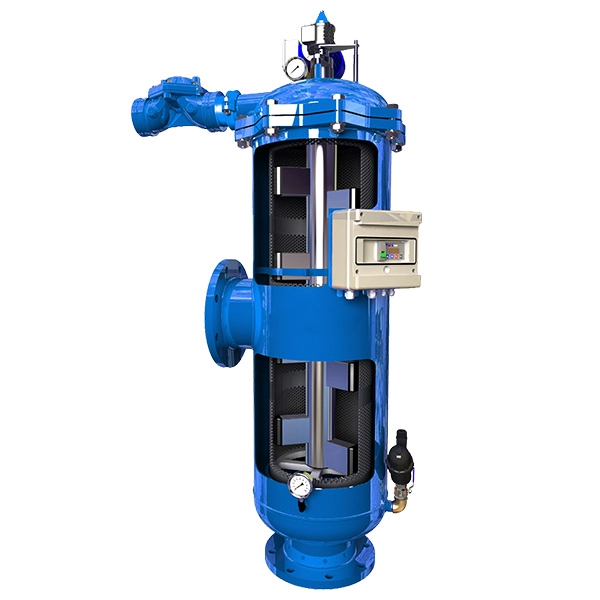Technological progress has provided consumers and industrial manufacturers with new choices in materials, structures and functions. Mobile phones are becoming smaller and thinner, providing an ever-expanding range of uses. Every day, new composite and synthetic materials are introduced into production processes and industrial applications. But it is important to remember that new ones are not always the best. Manufacturers of storage tanks and pressure vessels have benefited greatly from advances in processes and tools to achieve more accurate and automated product production. But as for the materials used in the construction of storage tanks and pressure vessels, the proven, tested and preferred materials have not changed. Stainless steel tanks are still the first choice in industries with low reliability.
Although the reputation of stainless steel as the material
of choice for storage tanks and pressure vessels remains largely undisputed,
the emergence of glass fibers, graphite composites and other materials has
brought new options to the market. Although these materials may have their
selling points, there are several reasons why ASME stainless steel pressure vessel and storage tanks
have been the industry's first choice for nearly a century. Durable and durable
for manufacturers in the chemical and other industries, purchasing a reliable
storage tank that can withstand wear and tear without compromising efficiency
is critical to productivity. As ASME professionally designed stainless steel
storage tanks have the best pressure, temperature and corrosion resistance,
they are still considered the most viable storage option. The inherent
durability of stainless steel tanks makes them more resistant to natural elements
and strict industrial applications than glass fiber and graphite composite
tanks. Since storage tanks are usually used to store hazardous chemicals and
other liquids, impermeability is essential. Stainless steel tanks are known for
their ability to withstand high temperatures and contain chemicals, liquids and
gases without rusting.
Other advantages: In addition to low maintenance costs,
stainless steel tanks and pressure vessels are reasonably priced compared to
other less durable composite material options. As the public’s awareness of
environmental protection has become stronger, and in recent years, the federal
level has been under increasing pressure to require the private sector to
produce more green products. It is important to remember that stainless steel
pressure vessels and storage tanks are 100% recyclable. . The choice is clear.
In most cases, technological development will indeed improve product quality.
But when it comes to storage tanks and pressure vessels, the quality of
stainless steel has withstood the test of time. Despite the use of new
materials, stainless steel





